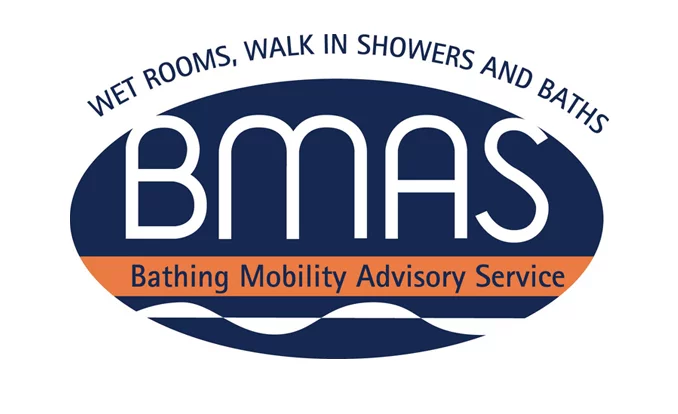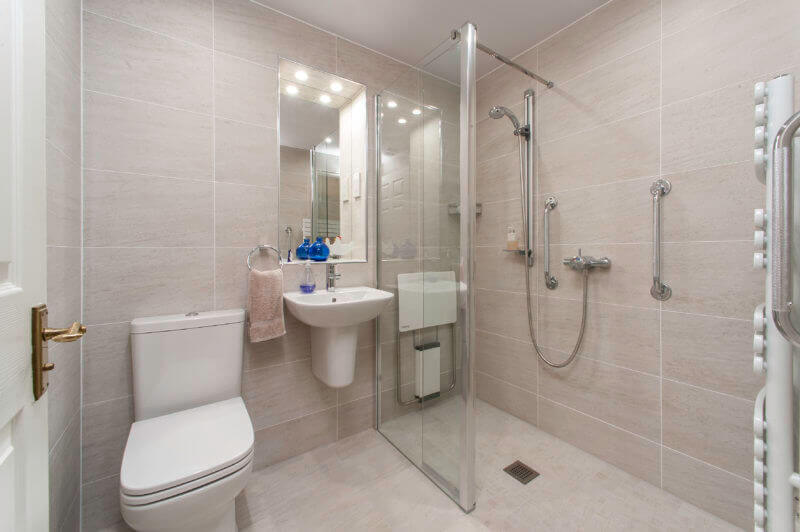People with mobility problems often find it increasingly difficult to make their way upstairs to the bathroom and most houses built before the 1980s don’t have downstairs facilities.
For people that live alone, the climb upstairs can become more and more dangerous due to the risk of tripping and having no one around to assist. There may come a point when you decide that having low-level access to a bathroom makes a lot of sense.
There are options for walk-in baths, wet rooms and walk-in showers. On our website, we have some great examples of the transformational work we can do, even in very small spaces.
Planning permission is not usually required to add a bathroom downstairs unless an extension is needed but building regulations will apply. This ensures that the plumbing, ventilation and drainage are all completed to a satisfactory level.
In the past, wetrooms and shower rooms on the ground floor could only be built on concrete, but thanks to advances in technology it is now possible to build a wet room pretty much anywhere.
However, wet room flooring is only as waterproof as its surfaces so any looseness or movement can mean serious leakages. A good installer will be able to spot these problems in advance though and ensure that your bathroom is well sealed and leak free. Why not contact us to find out how to get a ground floor bathroom installed that suits your specific needs.

